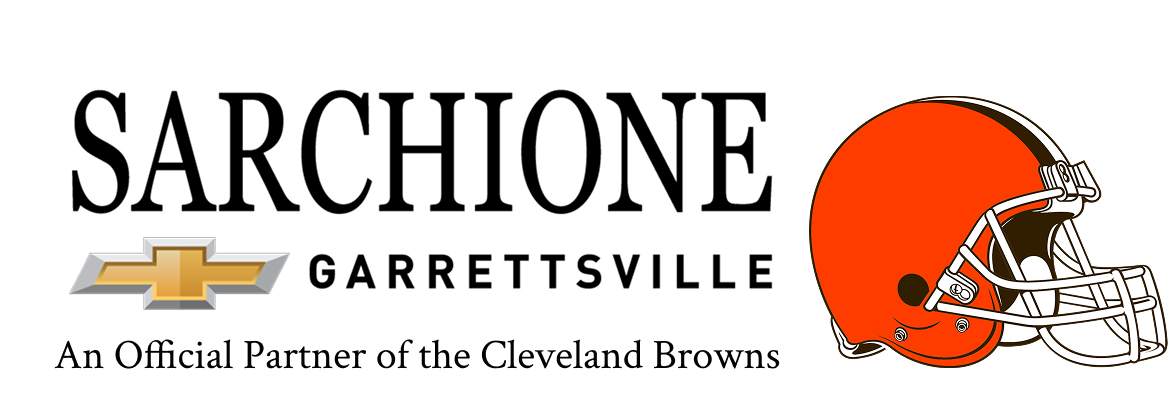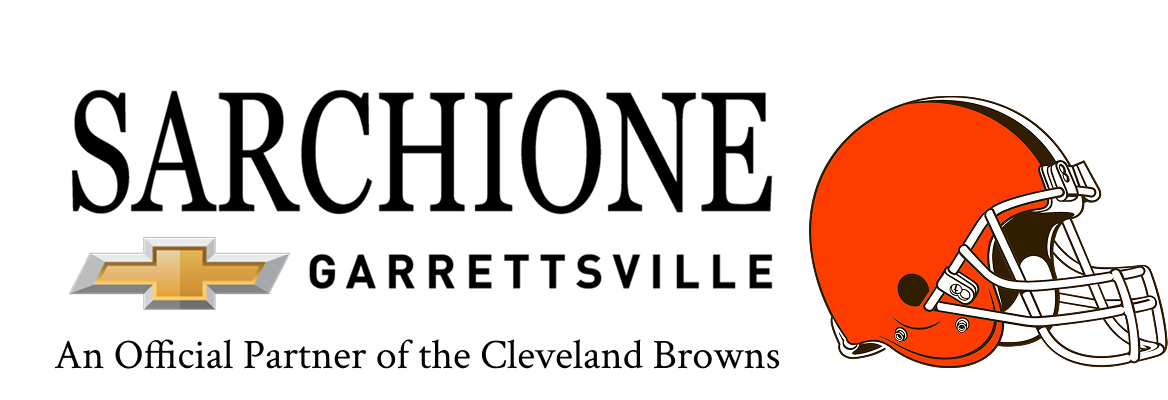The fuel pump in your Chevy is a crucial component that ensures your engine receives the correct amount of fuel for optimal performance. A fuel pump issue can lead to poor engine performance, starting difficulties, or even complete engine failure. Identifying the signs of a failing fuel pump early can save you from costly repairs and keep your vehicle running smoothly. This guide will help you recognize symptoms, understand the causes, and address fuel pump problems effectively.
Step 1: Recognize the Symptoms of a Fuel Pump Issue
Fuel pump problems often show clear signs. Look out for these symptoms in your Chevy:
1. Difficulty Starting the Engine: A faulty fuel pump may struggle to supply adequate fuel pressure, leading to hard starts or no start at all.
2. Stalling or Sputtering: If your engine stalls or sputters during acceleration or while driving, it could indicate inconsistent fuel delivery.
3. Loss of Power: A failing fuel pump may cause your Chevy to lose power when driving uphill or towing heavy loads.
4. Poor Fuel Efficiency: A damaged fuel pump may disrupt fuel flow, causing the engine to work harder and consume more fuel.
5. Noisy Fuel Pump: A loud whining or humming noise coming from the fuel tank can be a sign of a failing fuel pump.
6. Check Engine Light: The "Check Engine" light may illuminate if the fuel pump is not functioning correctly.
Step 2: Understand the Causes of Fuel Pump Issues
Several factors can contribute to a failing fuel pump:
• Contaminated Fuel: Dirt, debris, or water in the fuel can damage the pump and clog filters.
• Low Fuel Levels: Consistently driving with low fuel can cause the pump to overheat and wear out faster.
• Electrical Problems: Faulty wiring or a bad fuel pump relay can disrupt power to the pump.
• Normal Wear and Tear: Over time, the fuel pump’s components may degrade due to regular use.
Step 3: Diagnose the Problem
If you suspect a fuel pump issue, perform these diagnostic steps:
1. Listen for the Pump: Turn the ignition to the "On" position without starting the engine. A healthy fuel pump will emit a faint humming noise.
2. Check Fuel Pressure: Use a fuel pressure gauge to measure pressure in the fuel line. Compare the readings to your Chevy’s specifications in the owner’s manual.
3. Inspect the Fuse: Check the fuel pump fuse and relay for any signs of damage or failure.
4. Examine the Fuel Filter: A clogged fuel filter can mimic fuel pump issues by restricting fuel flow.
Step 4: Address the Fuel Pump Issue
Depending on the diagnosis, take the following steps:
• Replace the Fuel Filter: If the filter is clogged, replacing it may resolve the issue without the need for a new pump.
• Repair Electrical Connections: Fix any damaged wiring or replace faulty relays to restore power to the pump.
• Replace the Fuel Pump: If the pump is confirmed to be faulty, have it replaced. This involves accessing the fuel tank, which may require professional assistance.
Step 5: Prevent Future Fuel Pump Issues
To avoid future problems with your Chevy’s fuel pump:
• Use high-quality fuel from reputable stations.
• Avoid driving on low fuel to prevent overheating the pump.
• Follow your Chevy’s maintenance schedule, including regular fuel filter replacements.
Visit Sarchione Chevy of Garrettsville for Fuel Pump Repairs
If your Chevy is showing signs of a fuel pump issue, visit Sarchione Chevy of Garrettsville. Our certified technicians specialize in diagnosing and repairing fuel system problems, ensuring your vehicle operates at its best.
While visiting, explore our wide selection of new and pre-owned Chevrolet vehicles. Whether you need professional servicing or are searching for your next car, Sarchione Chevy of Garrettsville is your trusted destination. Schedule your appointment today and let us help you keep your Chevy running smoothly.


